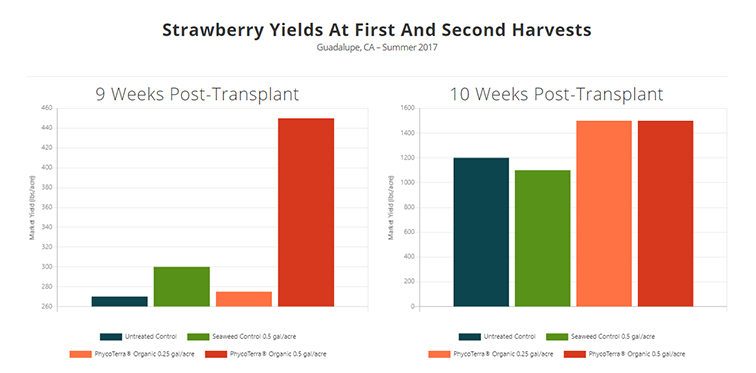New Study Finds Traditional Migrant Workers Older, Female, Settling Down
America’s seasonal agricultural industry suffered from a perceived labor shortage in recent years as the average migrant workers became significantly less mobile, says a new study from Ball State University.
The authors found farmworkers who migrate and work on multiple farms during a growing season dropped from 55% in 1998 to 20% in 2009. The study was published in the American Journal of Agricultural Economics.
Workers who have higher incomes and live with a spouse and children in the U.S. are less likely to migrate, research found. In contrast, married workers who are not living with their families are more likely to migrate.
Agricultural labor markets have historically been characterized by both seasonal demand and migrant workers, said Maoyong Fan, a Ball State Economics Professor and the study’s lead author. The workers — including many from Mexico — have followed crops by harvesting in the South in the first part of the agricultural season and then working northward.
“Despite a steady total agricultural workforce, substantial decreases in this stream of mobile workers — both documented and undocumented — since the late 1990s have contributed to farmers’ perceptions of labor shortages, which have been widely reported previously in the media,” he said. “Our research is the first study that shows that a true ‘labor shortage’ may be experienced by farmers despite stable worker totals.”
Fan said the study’s results also directly address a major concern that granting legal status to unauthorized agricultural workers might further reduce their willingness to migrate and, thus, is less likely to help ease the “labor shortage.”
“We also found that U.S. citizens and legal permanent residents were more likely to migrate than unauthorized workers during the 1998 to 2009 period,” he said. “Apparently, stricter border enforcement during this period made unauthorized workers less willing to migrate within the United States because they feared such a migration would raise the odds of being caught.”









